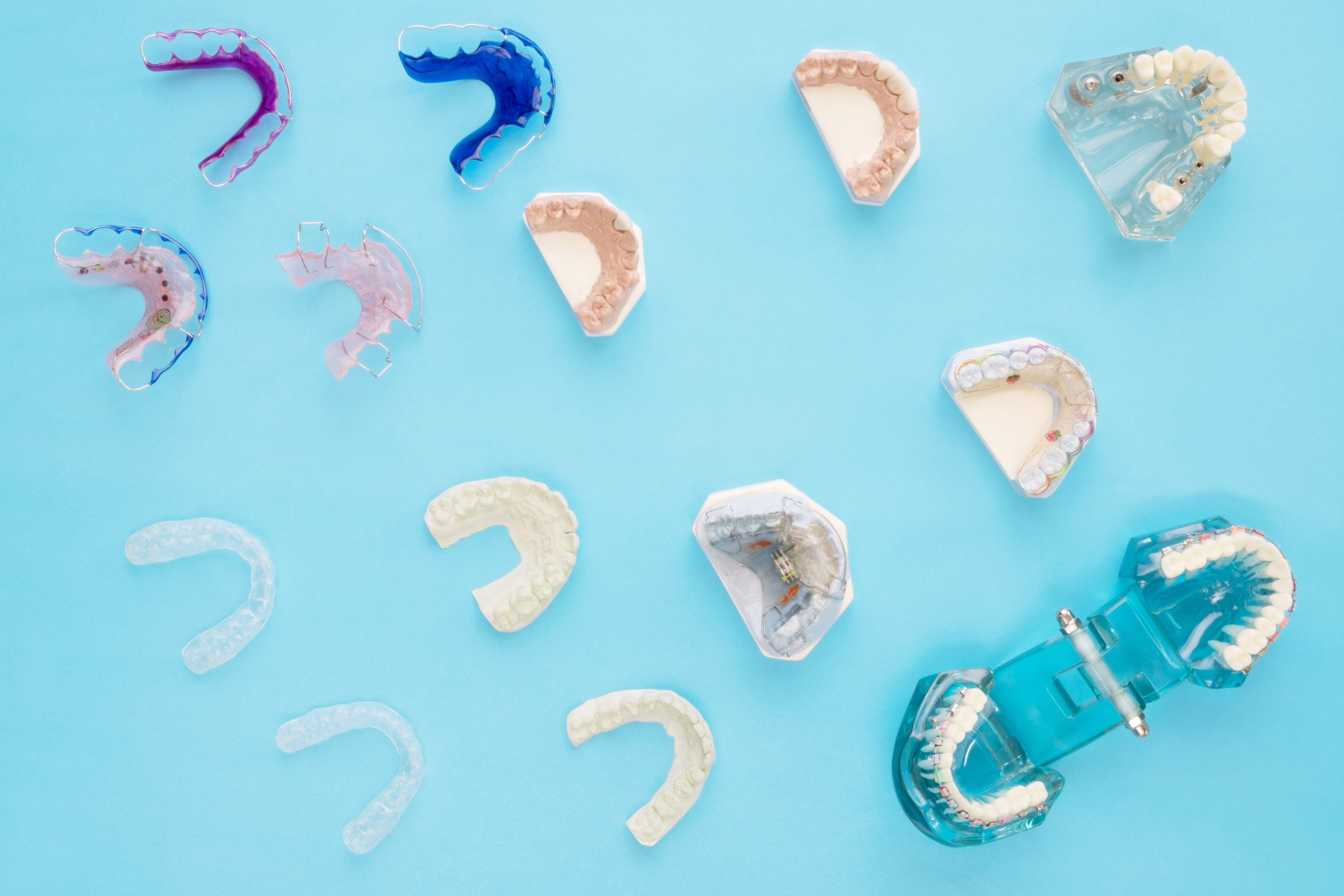Are there board-certified orthodontists?
Yes. These orthodontists have completed the American Board of Orthodontics Specialty Certification exams. Board-certified orthodontists are known as Diplomates of the American Board of Orthodontics. The American Board of Orthodontics is the only orthodontic specialty certifying board that is recognized by the American Dental Association. Board certification is voluntary for orthodontists In Canada, specialists are certified by the Royal College of Dentists of Canada (RCDC). All specialists in Canada must meet the standards set by the RCDC in order to call themselves specialists.
